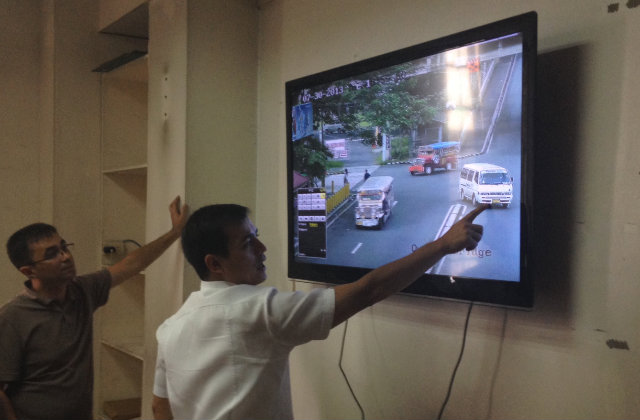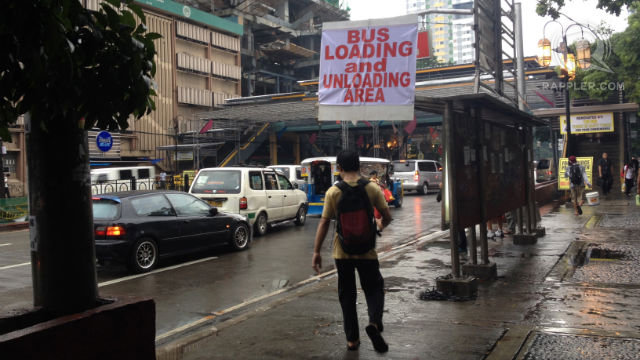SUMMARY
This is AI generated summarization, which may have errors. For context, always refer to the full article.

MANILA, Philippines – If you think you’ve heard the last of the modifications to Manila City’s ban on buses without terminals, think again. Manila Vice Mayor Isko Moreno told Rappler Tuesday, July 30, that the “experimental and temporary” system can still be changed.
“Pwede pa siyang lumiit, lumaki, tumigil, ipatuloy. We’re giving a chance for [the transport sector] na ayusin niyo ang ranks niyo. For commuters, to fix their habits,” he said. (It can be shortened, it can expand, stop, or continue. We’re giving the transport sector a chance to fix their ranks.)
Moreno was talking about changes that the month-old Estrada administration is doing to improve what he calls a “deteriorating” Manila. Former President Joseph Estrada took his oath as mayor in June.
Last week, the city disallowed buses without Manila terminals from entering the city. A week later, this was altered to allow selected bus lines without terminals but with valid Land Transportation Franchising and Regulatory Board (LTFRB) franchises to enter the city.
Buses were also allowed to load and unload in designated stops. Only 10 buses from each franchise are allowed in Manila’s streets.
Moreno told Rappler the system was introduced not as a short-term solution to Manila’s traffic woes but as a way to change bad habits.
“[Manila traffic]… is a cancer and we need drastic moves. I don’t think na dapat mabigla ang lahat kasi you know that… na tama yun,” he said. (I don’t think people should be surprised with the changes because you know it’s the correct thing to do.)
But surprise is exactly what a lot of commuters felt when the ban was implemented. Students from nearby cities and provinces were especially affected by the change — with some having to take twice as many modes of transport and spending more in the process.
They claim the scheme only favors those with private vehicles.
The crackdown on buses entering the city was prompted by cheating from bus operators, according to Moreno. He said the local government found out that over 1,000 buses were going through Manila daily with only 166 with terminals inside the city.
It turned out bus companies were photocopying franchises for use on all other lines.
What’s next?
Moreno appealed to commuters to learn new routes and schedules because of the bus ban. They will eventually benefit from it, he said.
He claims 89% of commuters — both from and outside Manila — are in favor of the new system.

Manila’s bus ban isn’t only affecting commuters and residents. It’s also making an impact on neighboring cities.
On the same day that Manila implemented the “modified” ban, the Metropolitan Manila Development Authority (MMDA) held a “traffic summit” among the cities of Manila, Quezon, and Makati, according to a Philippine Star report.
As a result, Quezon City and Makati created schemes designed to accommodate buses that will not be allowed to enter Manila.
Moreno, who heads the Manila Traffic Council, said the routes of other forms of public transportation — tricycles, jeepneys, FXs, sidecars — will also be subject to changes. Buses only came first because of their size. Trucks are banned from Roxas Boulevard and are only allowed at certain times of the day, said Moreno.
Interaksyon on Tuesday, July 30, reported Manila would soon crack down on jeepney drivers who smoke while on the job and “fail to groom themselves.”
Moreno explained the city government will be implementing changes in increments. “If we’re [going to] do the shotgun approach, then we’re not curing a problem. At the end of the day, hindi natin alam kung tumama ba ang bala,” he said. – Rappler.com
Add a comment
How does this make you feel?
There are no comments yet. Add your comment to start the conversation.